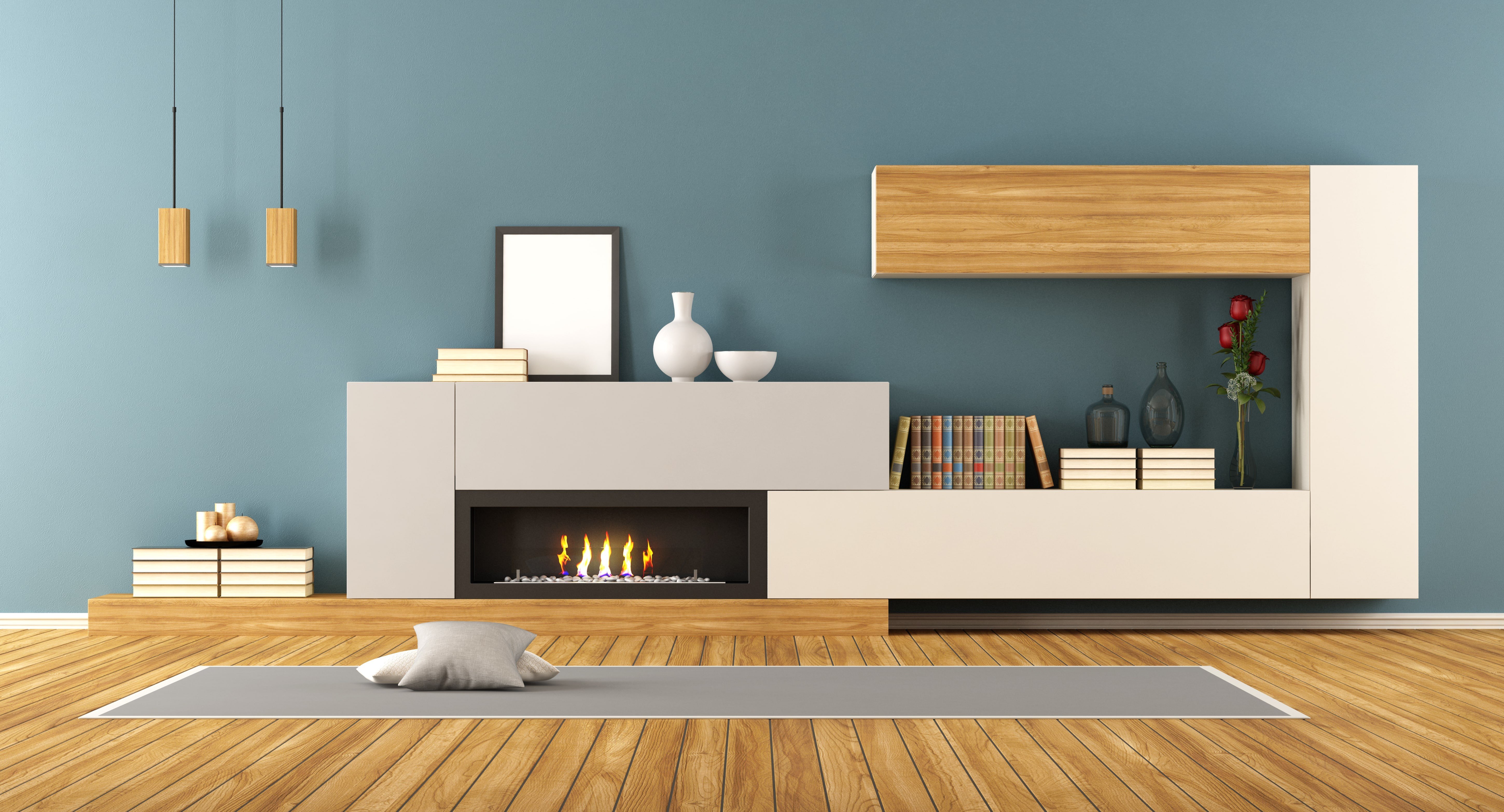The Fireplace: A Warm Embrace of Tradition and Comfort
Fireplaces have been an essential part of human habitation for centuries, functioning as a source of warmth, a meeting place, and a symbol of convenience. While the modern variations might vary incredibly from their ancient ancestors, the attraction of a fireplace endures. This short article explores the numerous aspects of fireplaces, including their history, function, types, and upkeep, while likewise resolving regularly asked concerns.
The Evolution of Fireplaces
Fireplaces go back to ancient times when open flames were used for cooking, heating, and defense from wildlife. Over the centuries, fireplaces progressed from easy fire pits to the sophisticated renditions we see today. Here is a quick timeline of their advancement:
- Prehistoric Era: Cavemen utilized open flames for heat and cooking. Wind and smoke frequently blew into residences.
- Middle Ages: Stone and brick fireplaces ended up being common in homes and castles, integrating chimneys to bring smoke outside.
- Renaissance: Elaborately designed mantels emerged, and fireplaces ended up being centers of social interaction.
- Industrial Revolution: Innovations in heating products led to a variety of designs and performances.
- Modern Era: The arrival of natural gas, electric, and bioethanol fireplaces supplied cleaner alternatives to traditional wood-burning units.
Table 1: The Evolution of Fireplaces
| Period | Attributes |
|---|---|
| Ancient Era | Open flames for heat and cooking |
| Middle Ages | Stone and brick structures with early chimneys |
| Renaissance | Ornate mantels, social centers |
| Industrial Revolution | Diverse styles, arrival of new products |
| Modern Era | Gas, electric, and bioethanol choices |
The Purpose of a Fireplace
Fireplaces serve dual functions: they supply physical heat and develop an emotional environment. House owners typically collect around the fireplace to bond, share stories, and delight in a cozy setting. Cheap Fireplace UK of a fire can be soothing, adding to a sense of relaxation and intimacy. Beyond individual satisfaction, fireplaces likewise offer practical advantages, consisting of:
- Home Heating: Effective heat source, especially in cooler climates.
- Increased Home Value: A well-designed fireplace can boost the aesthetic value of a home.
- Emergency situation Heating: In case of power blackouts, wood-burning fireplaces can serve as an important heat source.
- Visual Appeal: A focal point that adds to interior decoration.
Kinds of Fireplaces
Today, fireplaces are available in various styles and fuel types, accommodating a varied variety of choices and settings. Here are some typical types:
Wood-Burning Fireplaces:
- Traditional fire pits
- Timeless masonry fireplaces
- Require considerable upkeep and chimney upkeep
Gas Fireplaces:
- Available in both direct vent and ventless ranges
- Much easier to use and keep than wood-burning fireplaces
- Provide instant heat with a flick of a switch
Electric Fireplaces:
- Offer associated heat sources without genuine flames
- Often created to imitate traditional fireplaces
- Suitable for smaller spaces and homes without a chimney
Bioethanol Fireplaces:
- Use bioethanol fuel, supplying a sustainable option
- Require no ventilation and can be positioned anywhere
- Safe and simple to maintain
Table 2: Types of Fireplaces
| Type | Fuel Source | Features | Upkeep Requirements |
|---|---|---|---|
| Wood-Burning | Wood | High ambiance, heat source | Regular chimney cleansing |
| Gas | Natural gas or gas | Instantaneous heat | Minimal, occasional maintenance |
| Electric | Electricity | Easy setup | Extremely low upkeep |
| Bioethanol | Bioethanol fuel | Ventless, portable | Low, mainly cleaning up |
Upkeep and Safety Considerations
Owning a fireplace involves certain responsibilities, particularly concerning its safe operation and long-term maintenance. Here are crucial maintenance ideas and security guidelines:
Maintenance Tips:
- Annual Inspection: Always have your chimney and fireplace examined at least as soon as a year by a qualified technician.
- Routine Cleaning: Clean out ashes and debris after each use, and ensure the flue is open before starting a fire.
- Look for Cracks: Inspect masonry for cracks or damage to avoid structural concerns.
- Use Proper Fuel: Only usage dry, skilled wood for wood-burning fireplaces; do not burn treated wood.
Security Guidelines:
- Install Smoke Detectors: Ensure smoke detectors are practical, evaluating them month-to-month and replacing batteries as needed.
- Keep a Fire Extinguisher: Have one nearby, even if a fireplace is used occasionally.
- Monitor Flames: Never leave a fire ignored, and guarantee children and pets are monitored around the fireplace.
Often Asked Questions (FAQs)
1. How can I lower smoke from a wood-burning fireplace?
To minimize smoke, use dry, seasoned wood, and ensure that your chimney is tidy and unblocked.
2. Is it safe to use gas fireplaces throughout a gas leakage?
Never utilize a gas fireplace throughout a gas leak. Immediately evacuate the area and contact gas services for assistance.
3. Can I set up an electric fireplace myself?
Electric fireplaces are normally easy to install, but it is recommended to seek advice from experts to guarantee safety and compliance with regional building regulations.
4. What is the best type of fireplace for small spaces?
Electric fireplaces or bioethanol models are typically best for small spaces, as they do not need substantial ventilation or structural modifications.
Fireplaces have transcended their initial purpose of offering heat to become cherished components of home style and household life. They stimulate memories of heat, events, and togetherness while offering functional advantages that enhance modern living. By understanding the different kinds of fireplaces, their maintenance, and security practices, homeowners can take pleasure in the ageless appeal of this cherished feature for generations to come.

